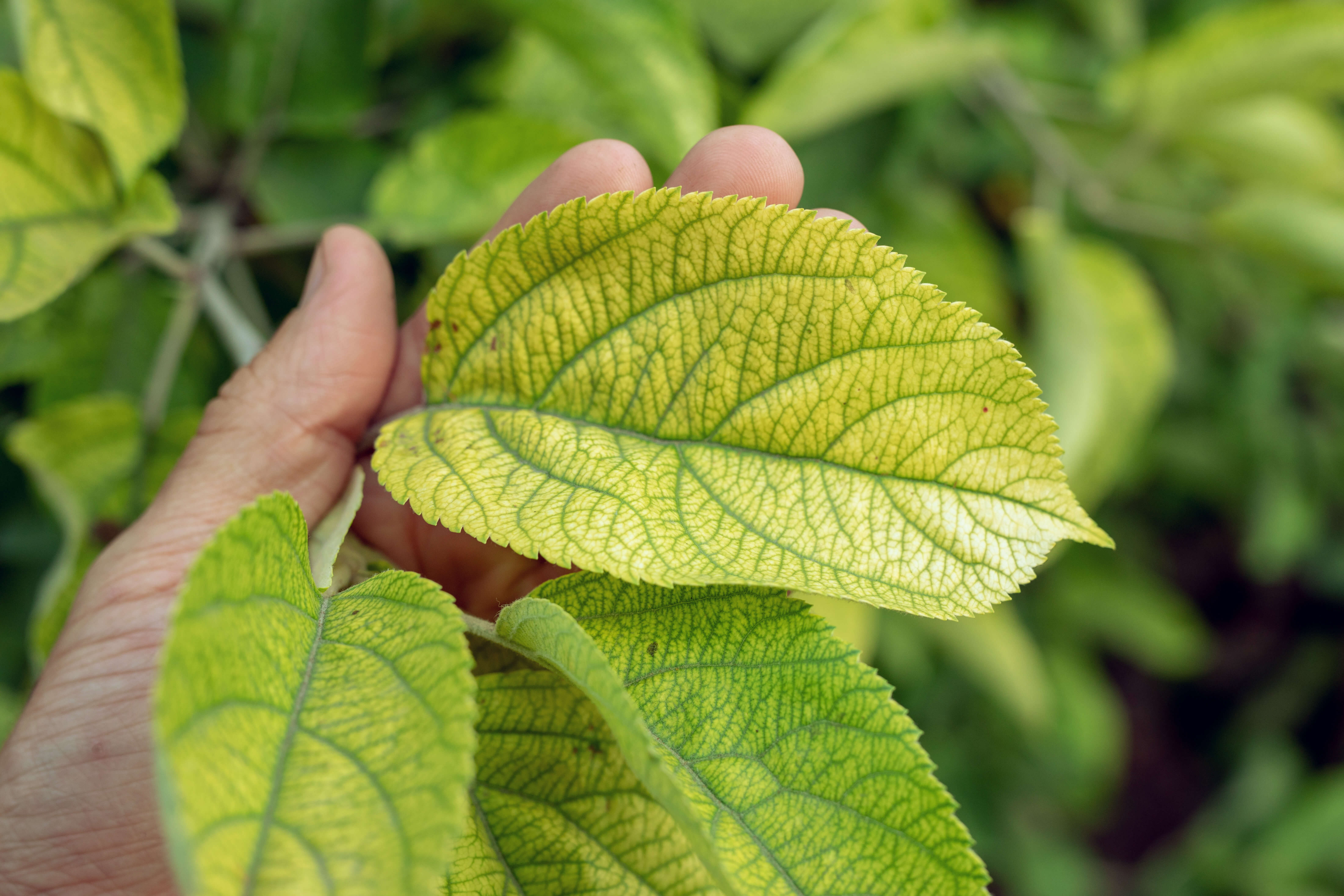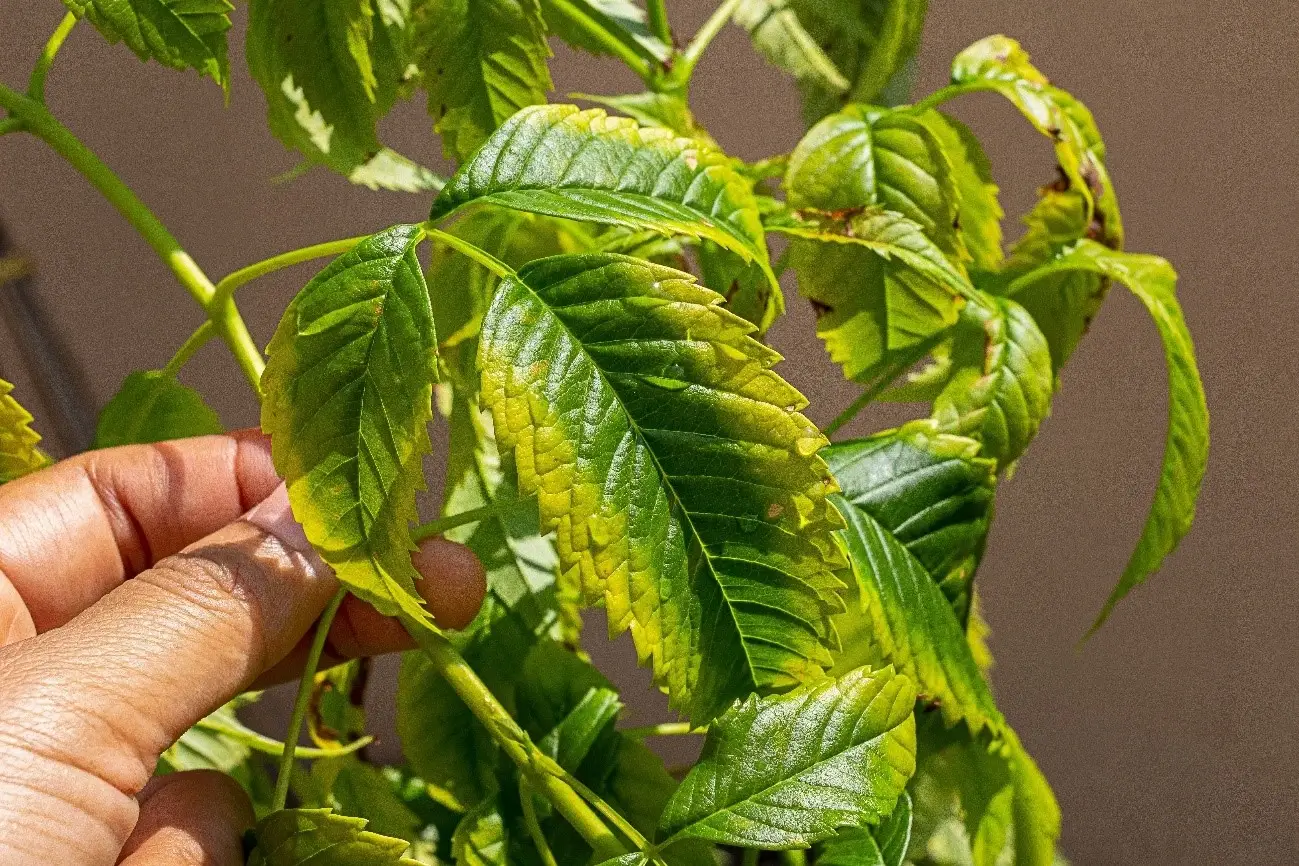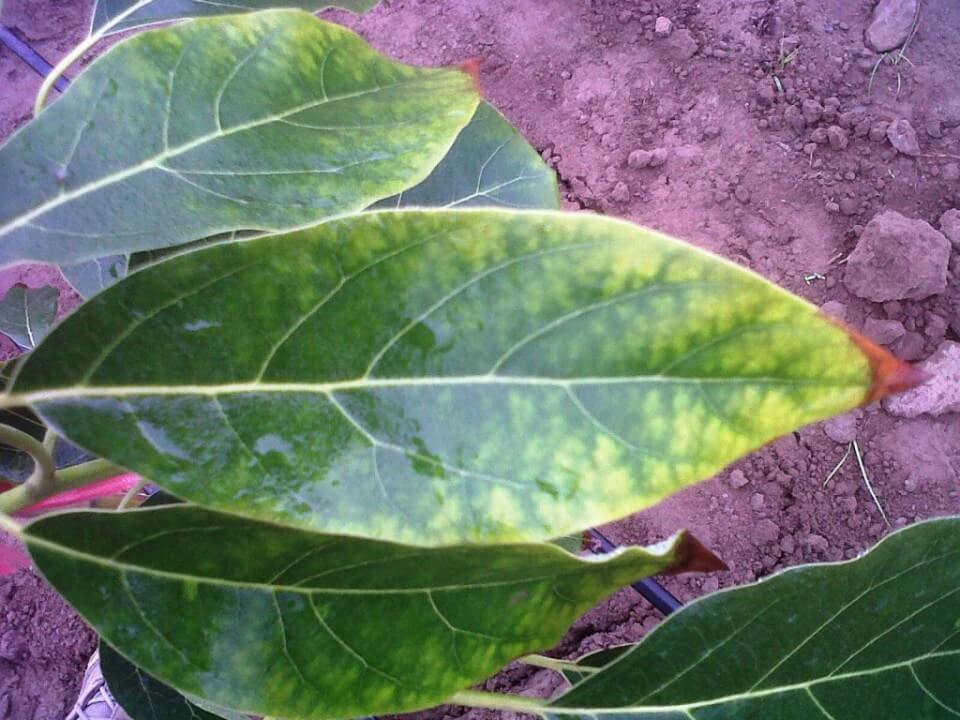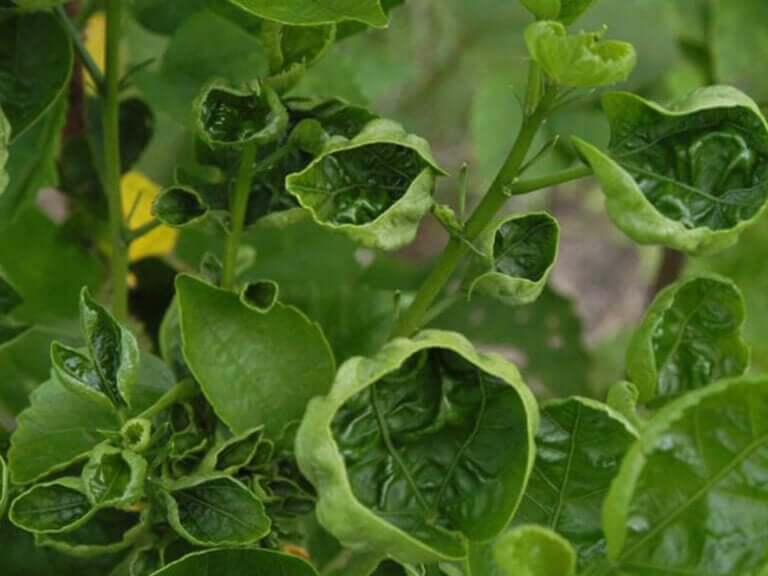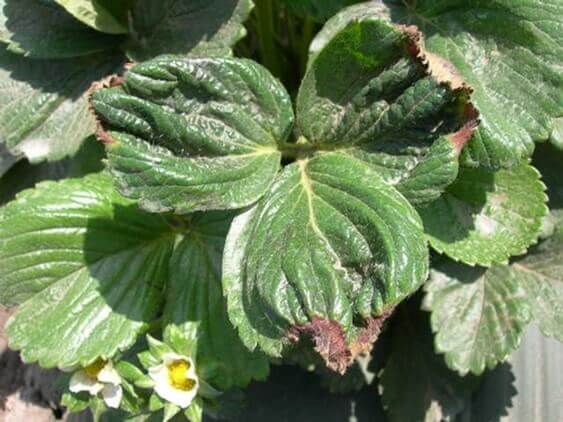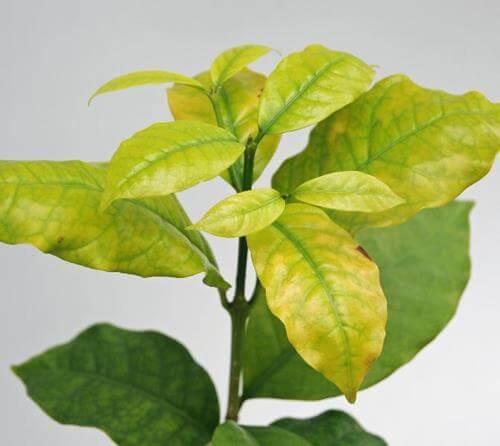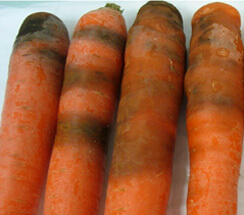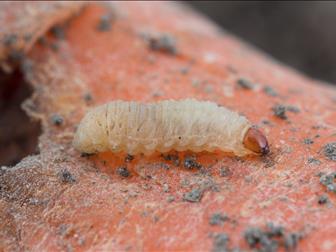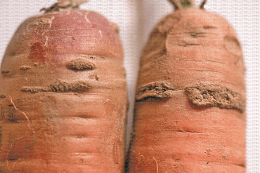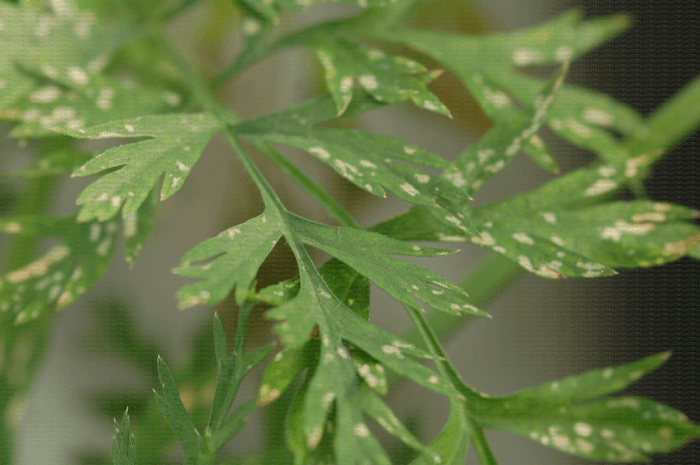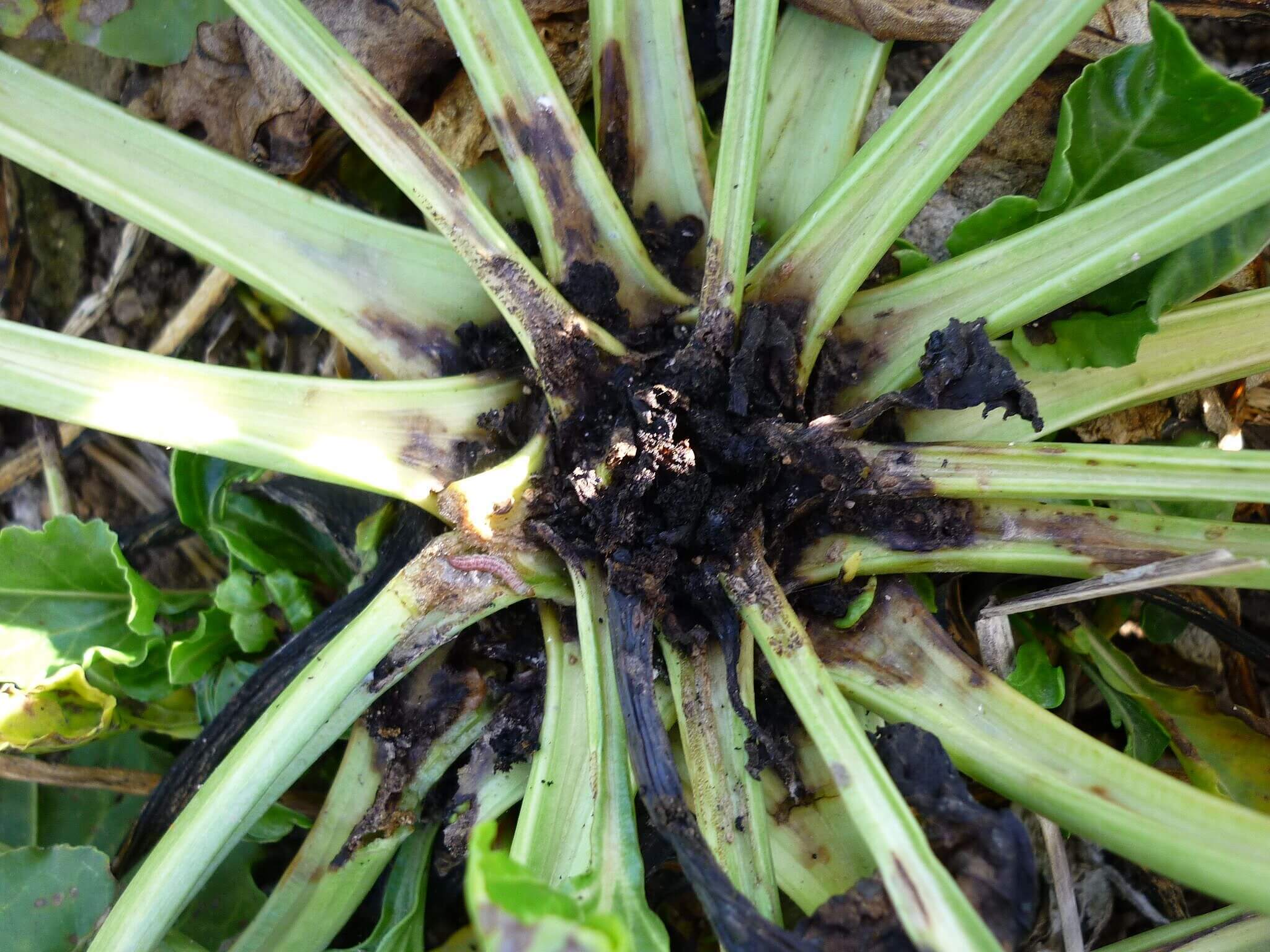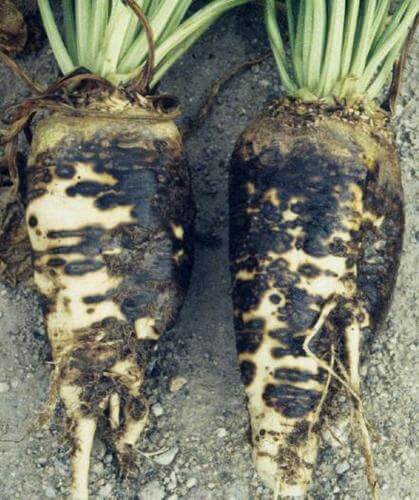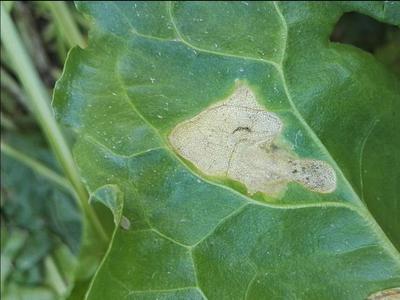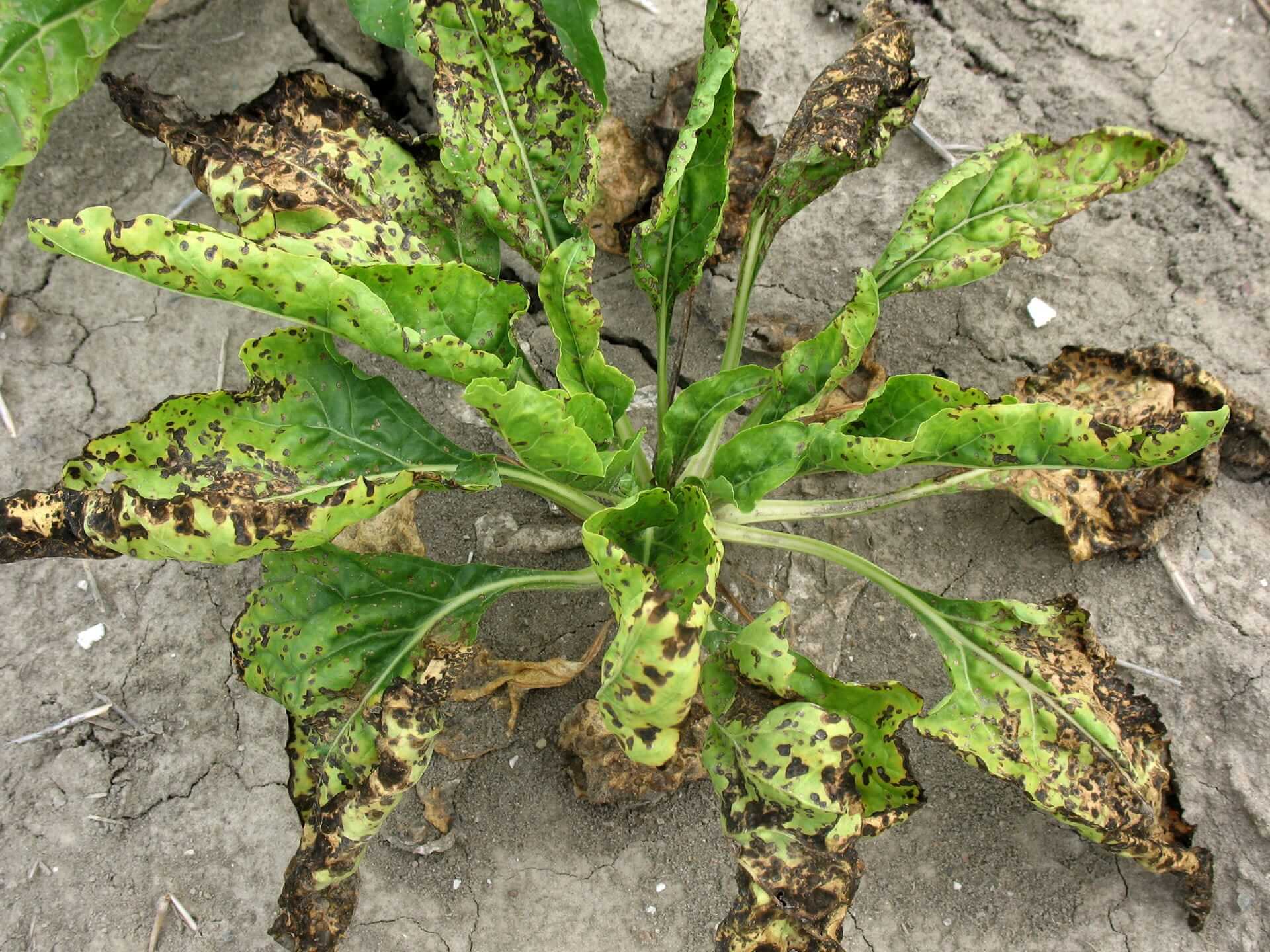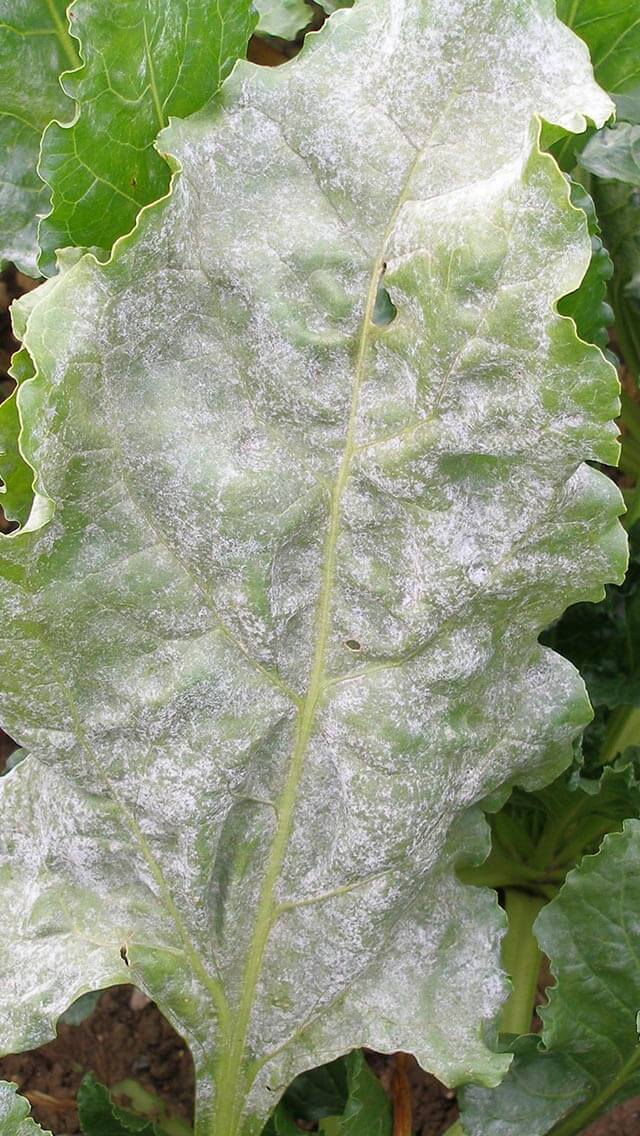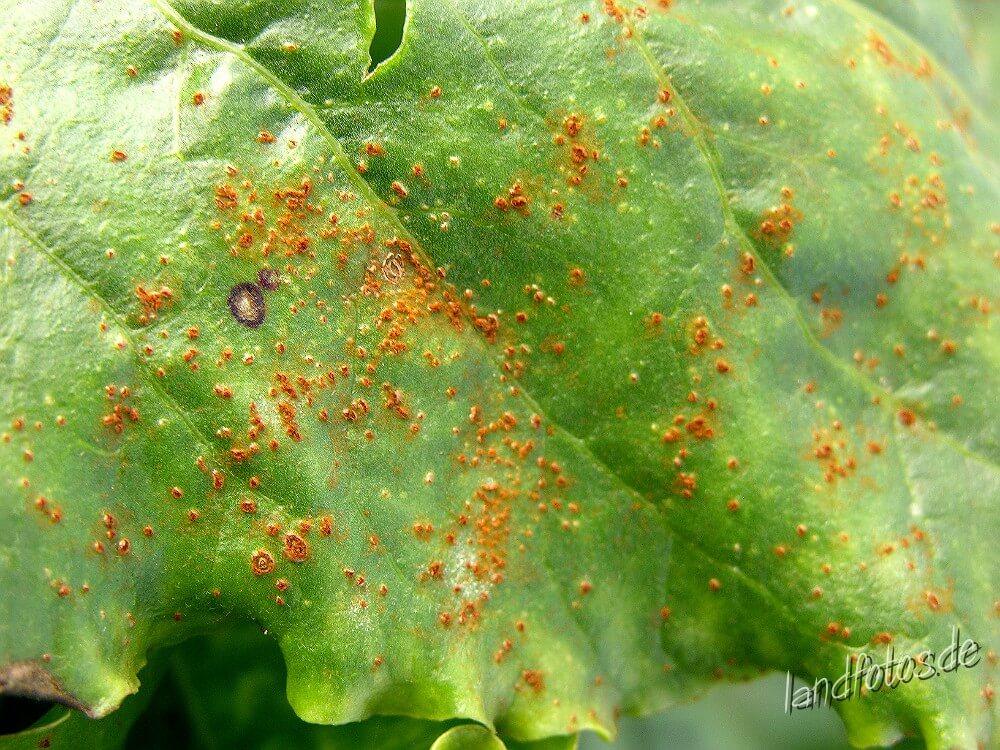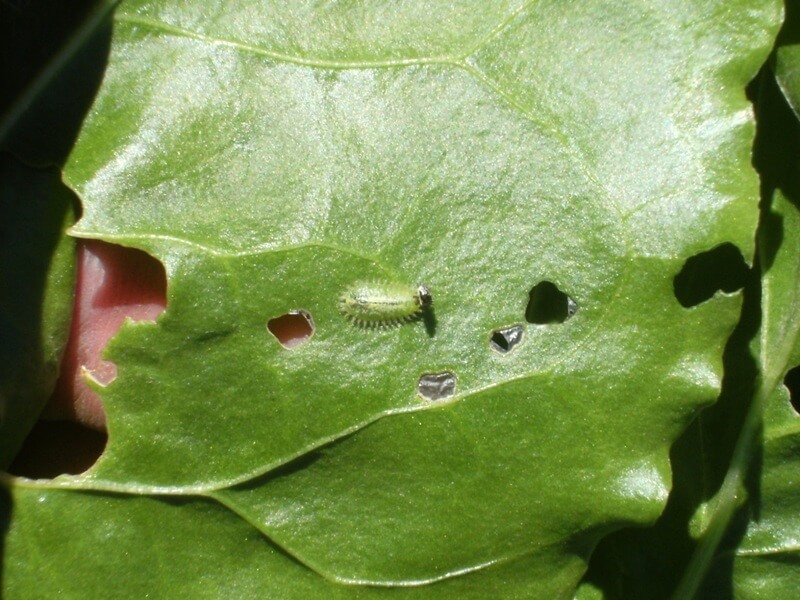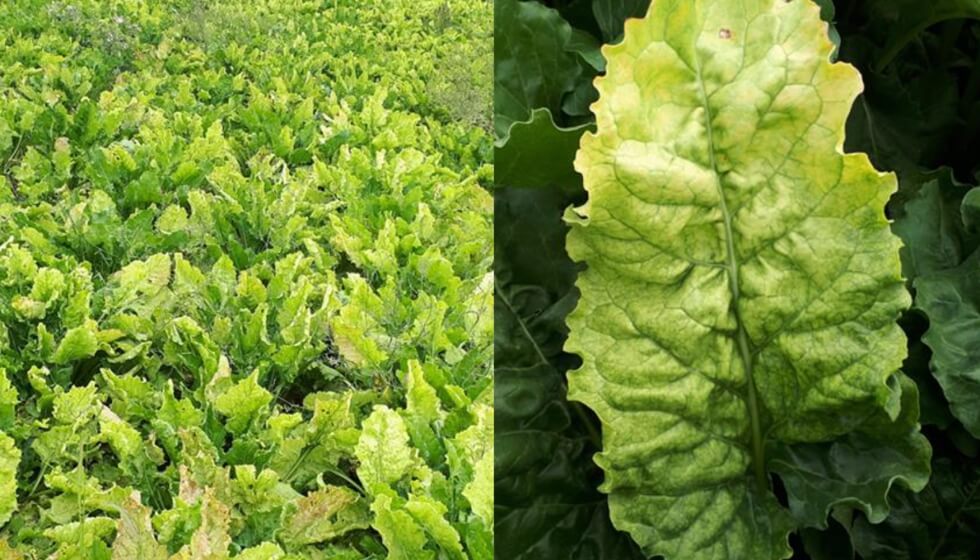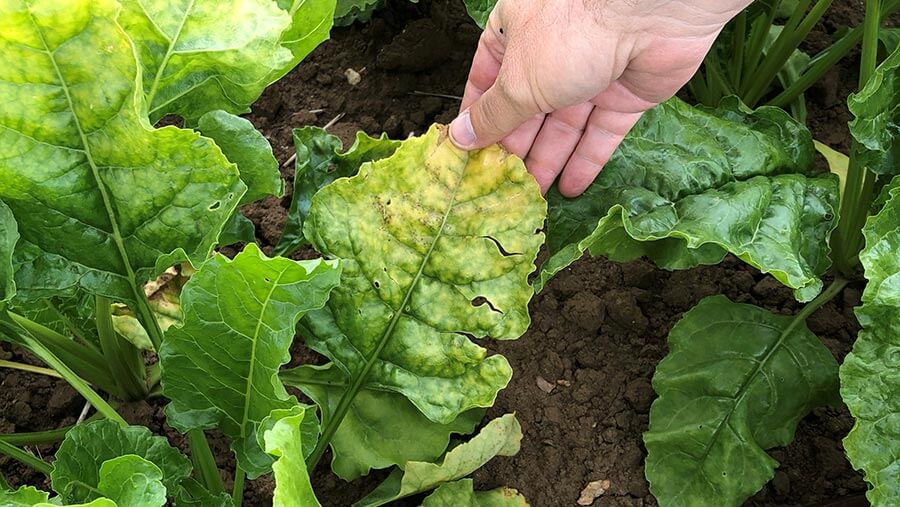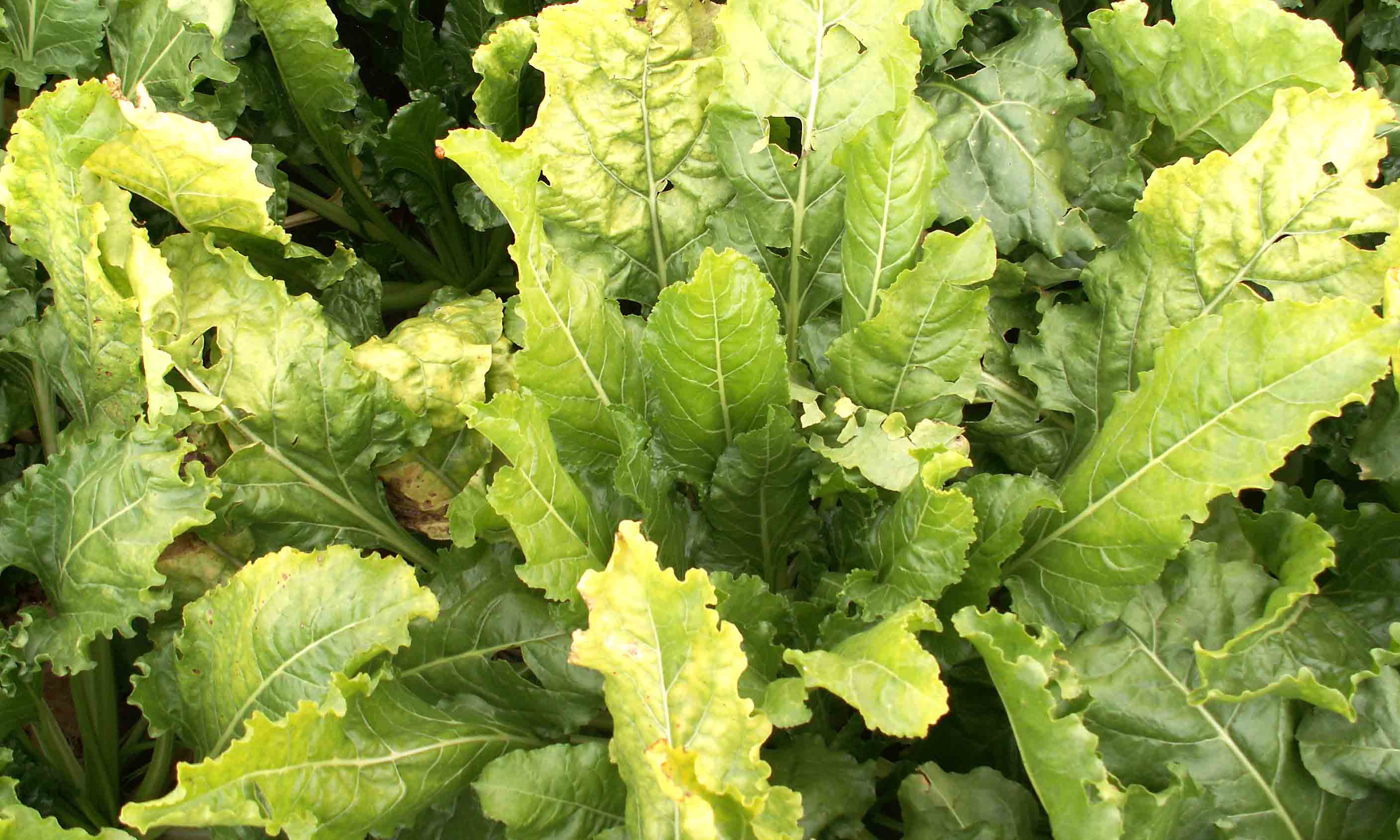
Plantas decorativas de jardín y/o interior
How to recognize and correct phosphorus deficiency in crop and garden plants
Phosphorus Deficiency
Nutritional disorder
Type:
Risk to the plant:
ALTO
-
Pathogen:

Deficiencia de Fósforo
WHO CAUSES IT?
Phosphorus is an essential nutrient for energy transfer (ATP), photosynthesis, root development, and flower and fruit formation. Phosphorus deficiency often occurs in cold, compacted, highly acidic, or calcareous soils, where phosphorus is bound and unavailable to the plant. Phosphorus deficiency can also occur in crops with high demand (corn, wheat, legumes) if phosphate fertilizers are not provided.
SYMPTOMS
Phosphorus is relatively mobile in the plant, so symptoms usually appear on older leaves first, although overall development is also compromised.
Typical symptoms:
• Slow growth and stunted development.
• Older leaves with dull, dark green tones.
• Appearance of purple, reddish, or bluish pigmentation, especially on the undersides of leaves and stems.
• Poorly developed root system with few lateral roots.
• Delayed flowering and ripening.
• Small fruits and lower yield.
Phosphorus deficiency directly affects the plant's energy and vitality, making it weak and less able to withstand stress.
Developmental stages:
• Early: Older leaves with darker green than normal.
• Intermediate stage: Purple or reddish pigmentation on stems and veins.
• Advanced: Limited growth, short, and sparsely branched roots.
• Final: reduced flowering, poorly formed fruits and low productivity.
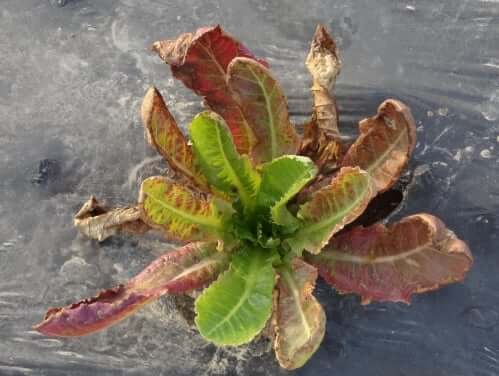
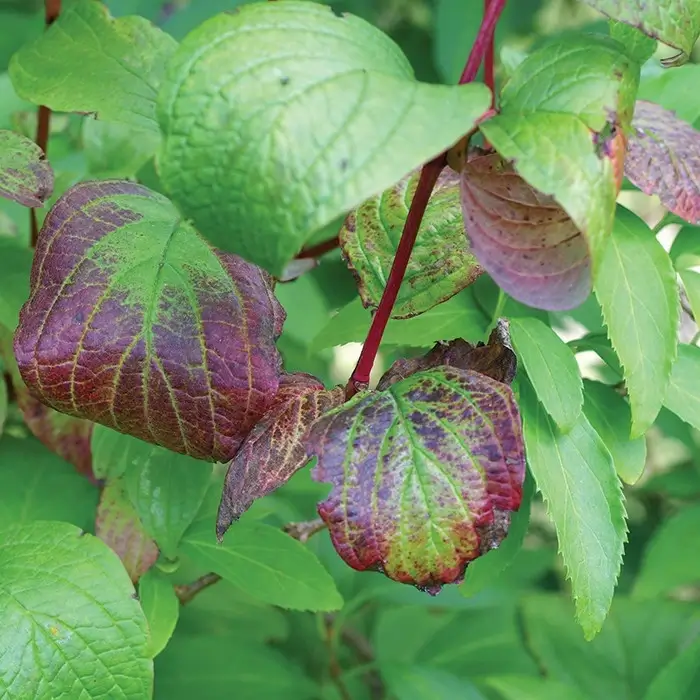
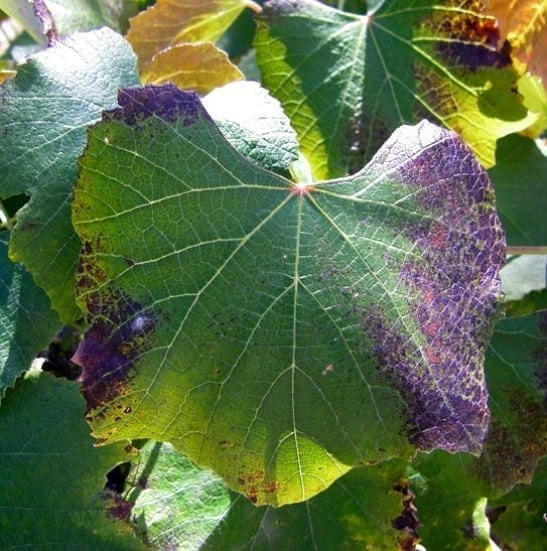
DEVELOPMENT CONDITIONS
Temperature:
-
Humidity:
-
HOW IS IT SPREAD?
-
HOW TO ELIMINATE IT?
Home treatments
There are no home treatments
Natural allies
Chemical treatments
There are no treatments for this disease. Treatments are directed at the insect vectors that transmit it. See insect treatments.
RECOMMENDED PRODUCTS TO ELIMINATE THE PEST
Sponsored link
Sponsored link
Sponsored link
Sponsored link
Sponsored link
Sponsored link
Sponsored link
Effective against all types of fungi
Sponsored link
Sponsored link
Sponsored link
Sponsored link
Sponsored link
REPELLENT PLANTS
-
RECOMMENDATIONS





















